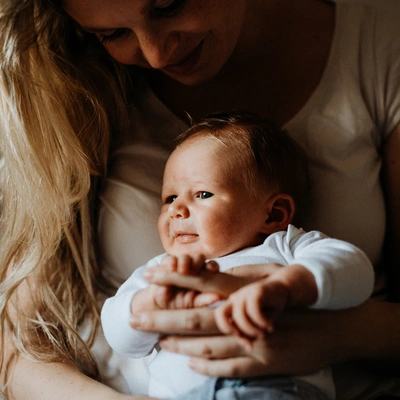-
For women under 35, success rates are approximately 50-60% per embryo transfer.
-
For women between 35 and 40, success rates are about 35-45%.
-
For women over 40, success rates decrease to around 15-25%.
At FIV Valencia, we achieve high success rates for the ROPA method through our personalized approach, advanced fertility techniques, and the expertise of our team.







